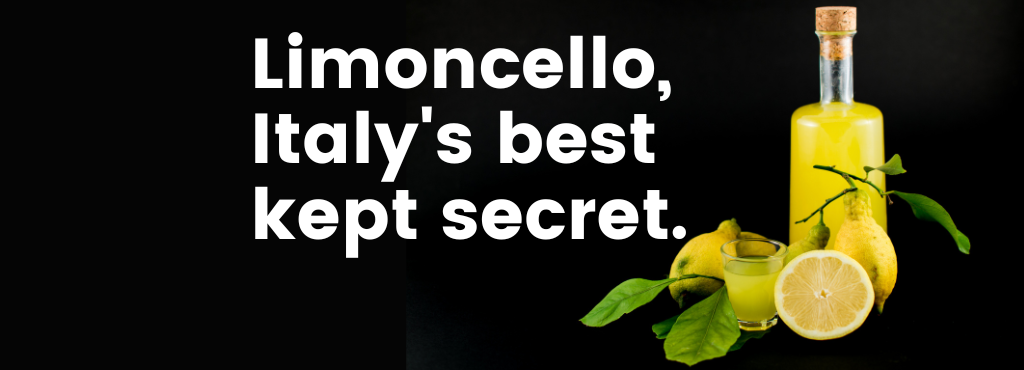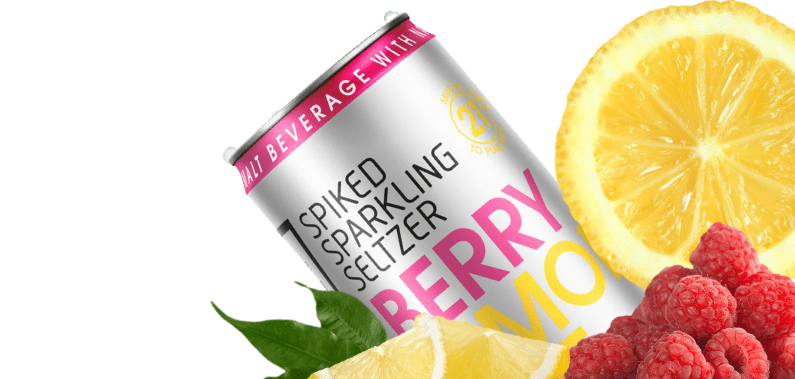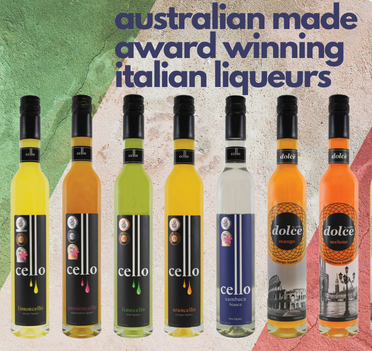Top rated

Famous for its tangy, sweet, & refreshing taste
Limoncello is a lemon-based liqueur that is widely popular in Italy, especially in the southern region of Campania. The drink is made by infusing lemon zest in high-proof alcohol and then blending the mixture with sugar syrup. Limoncello is typically served as a digestif, or after-dinner drink, and is renowned for its tangy, sweet, and refreshing taste. In this article, we'll explore five things you should know about Italian limoncello, including its history, trends in drinking, and more.

Origins and History of Limoncello
The origins of limoncello are not well-documented, but it is believed to have been first made by the people of the Sorrento Peninsula on the Amalfi Coast in southern Italy. Sorrento is known for its abundant lemon trees, which produce some of the most fragrant and flavorful lemons in the world. According to local legend, limoncello was first made by soaking lemon zest in alcohol, a process that was said to have originated in the 19th century.
Over time, the recipe for limoncello evolved and became more sophisticated, with many families in the Sorrento Peninsula adding their own special touch. For example, some families added vanilla beans to the mixture to add a creamy, smooth flavour, while others added rose petals to give the drink a delicate floral aroma.
In the early 20th century, limoncello began to gain popularity outside of the Sorrento Peninsula, and today it is enjoyed all over Italy and around the world. Although there are many different variations of the drink, limoncello remains true to its roots and is still made using the same basic recipe of lemon zest, alcohol, and sugar syrup.
Popular Uses for Limoncello
In Italy, limoncello is typically served as a digestif or after-dinner drink. It is usually served chilled in small glasses and is said to help aid digestion and freshen the palate after a meal. In recent years, however, limoncello has become increasingly popular as an ingredient in cocktails and other mixed drinks. For example, it can be used as a base for a lemon martini or mixed with other liqueurs and juices to create a more complex drink.
Limoncello is also frequently used as a cooking ingredient, particularly in the preparation of desserts. For example, it can be used to flavour cakes, ice cream, and sorbet, or drizzled over fruit or lemon sorbet for a tangy, sweet kick. It is also a popular ingredient in baking recipes, such as lemon cakes and shortbread biscuits.
The flagship product Cello Limoncello, and the Cello Jac St All Natural Purple Limoncello has been infused with Wild Butterfly Pea Flower giving it a wonderful purple colour. Produced by Cello Liqueurs an Australian artisan distiller which has won multiple international awards for its Limoncello.
Another Australian artisan, small-batch distiller of limoncello is Mobius Distilling Co. It's hard to resist their incredible Mobius Distilling Co Limoncello.
Trends in Limoncello Drinking
Over the past few years, there has been a growing trend of flavoured limoncellos, with many producers experimenting with new and unique flavour combinations. For example, there are now limoncellos made with blood orange, basil, and even chilli peppers. These flavoured limoncellos are a great way to try something new and add a twist to traditional cocktails and desserts.
In addition to flavoured limoncellos, there has also been a growing trend towards artisanal and small-batch limoncellos. These are made using high-quality ingredients and are often produced in limited quantities, making them more expensive but also more sought after. Many artisanal limoncellos are made using traditional methods, such as soaking lemon zest in alcohol for several months, which results in a more intense and flavorful liqueur.
Another trend in limoncello drinking is the use of locally sourced lemons helping local producers and knowing that it is made from locally produced fruits.























































 Login with Google
Login with Google
